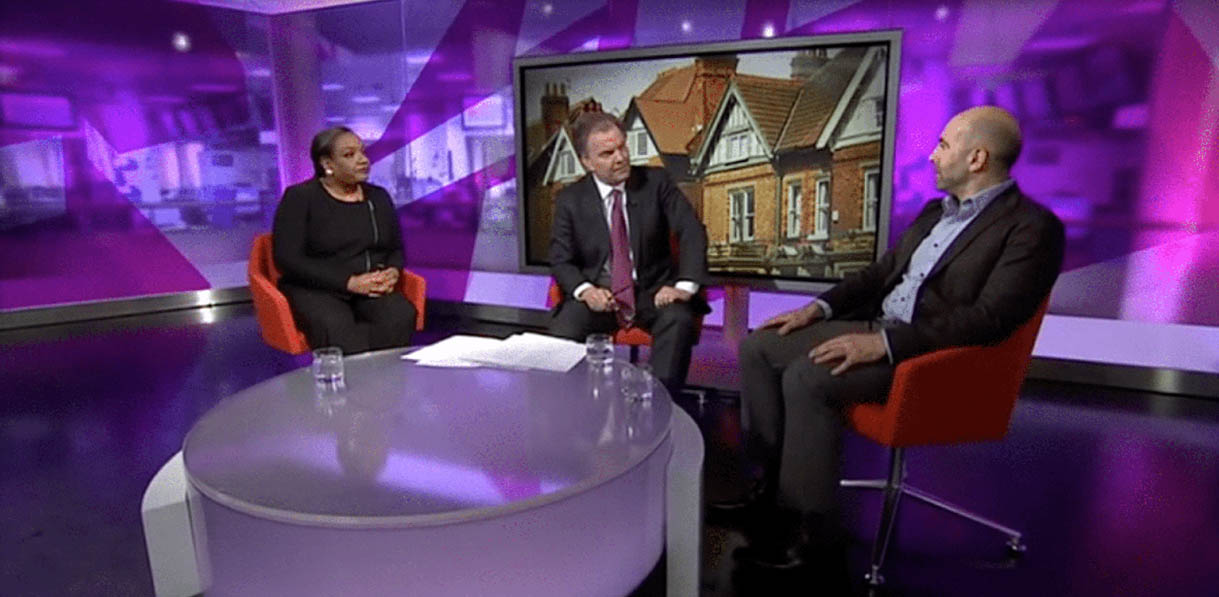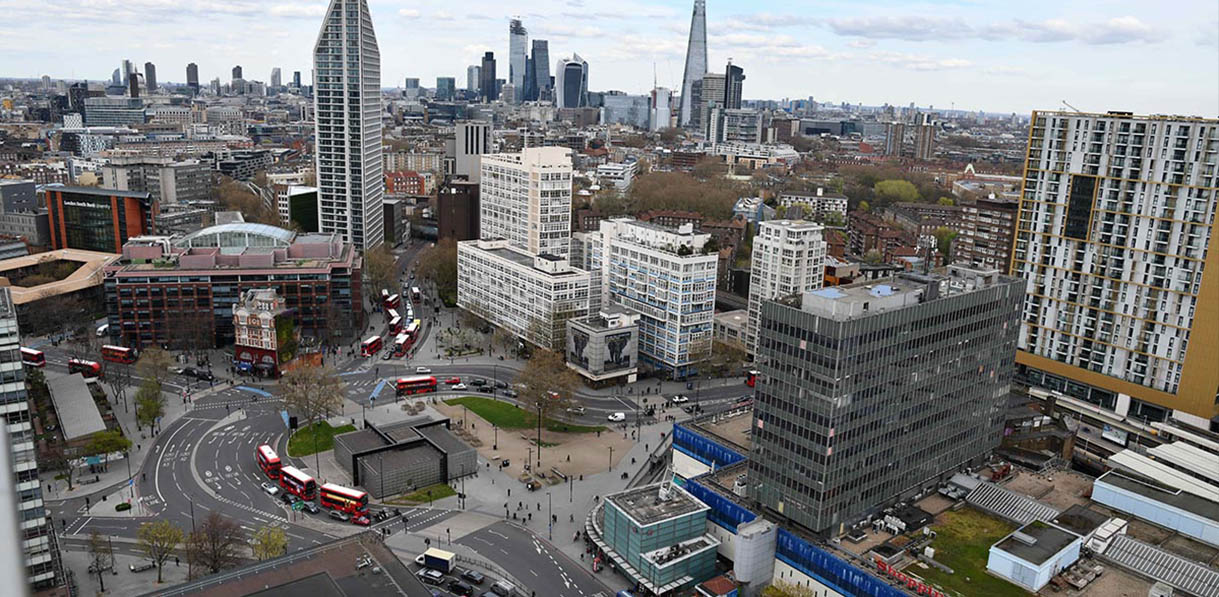 If you’ve spent any time in auction rooms recently – or spoken to agents – you’ll know that the market is becoming quite lively. There are a number of hotspots in my home territory, London, where pent up demand is being frustrated by lack of supply in many neighbourhoods. It has become a vendor’s market and as more people are encouraged to sell, we are likely to see a further increase in activity in the near future. Don’t just take my word for it: last week’s round of statistics provides compelling evidence. Buy to let lending in July 2013 peaked at £5bn, which is the highest level since 2008. According to the Council of Mortgage Lenders, 40,000 buy to let mortgages and remortgages were completed between April and June 2013, up 19% on the previous quarter. It’s not just the buy to let sector that is buoyant, the surveyor esurv says that July 2013 was the strongest month for house purchases since 2007 with mortgage approvals in July 2013 up 21% compared to July 2012. Interestingly there was a surge in purchases by buyers with small deposits of less that 15% – typically first time buyers. Approvals for this group were up by 56% compared with the same month last year and a significant proportion of these were in the North of England which could point to a recovery not just in the wealthier south, but across the UK. The Council for Mortgage Lenders also reports that arrears have fallen and repossessions are down from 8,000 last quarter to 7,700 this quarter.
If you’ve spent any time in auction rooms recently – or spoken to agents – you’ll know that the market is becoming quite lively. There are a number of hotspots in my home territory, London, where pent up demand is being frustrated by lack of supply in many neighbourhoods. It has become a vendor’s market and as more people are encouraged to sell, we are likely to see a further increase in activity in the near future. Don’t just take my word for it: last week’s round of statistics provides compelling evidence. Buy to let lending in July 2013 peaked at £5bn, which is the highest level since 2008. According to the Council of Mortgage Lenders, 40,000 buy to let mortgages and remortgages were completed between April and June 2013, up 19% on the previous quarter. It’s not just the buy to let sector that is buoyant, the surveyor esurv says that July 2013 was the strongest month for house purchases since 2007 with mortgage approvals in July 2013 up 21% compared to July 2012. Interestingly there was a surge in purchases by buyers with small deposits of less that 15% – typically first time buyers. Approvals for this group were up by 56% compared with the same month last year and a significant proportion of these were in the North of England which could point to a recovery not just in the wealthier south, but across the UK. The Council for Mortgage Lenders also reports that arrears have fallen and repossessions are down from 8,000 last quarter to 7,700 this quarter.
Concerns about the market softening in prime central London seem to be in retreat. This is important because market gains here often ripple out into the rest of London and the south east, stoking activity across the UK. According to Savills, the average price of a prime central London property, typically in Belgravia, has topped £3.2m, up by £500,000 this year. Domestic buyers have increased from 30% to 40% and the agent says that many are looking in near prime areas such as Fulham, Richmond, Wandsworth, Battersea and Wimbledon where they can get better value. They tip Islington, Wapping and Canary Wharf to also benefit from increased activity. There is high demand for properties in the £1m to £2m price bracket and prices are now 23% above the 2007 peak. Interestingly, agents report that properties just above the £2m mark are still struggling because stamp duty jumps from 4% to the new rate of 7%. Savills are optimistic about the next five years, expecting prices to increase by 18% in this period, though that is roughly in line with expected inflation in the economy overall.
In an interview for The Times, Richard Sexton , Director of esurv says that there is renewed confidence in the market and that mortgage applicants are finding it easier to secure loans, even at lower loans to value. He cautions that weak annual wage growth – at about 1% – and high inflation with RPI at 3.1% still present a barrier for first time buyers.
The big question is how sustainable is this recovery? There are three factors that could be creating a false sense of well-being. Firstly, Funding For Lending has helped to nudge lenders into reducing rates and increased lending volumes, whilst Help to Buy has allowed first time buyers to acquire 75% loan to value mortgages for new build properties with up to 20% help from the government. Thirdly, the Bank of England’s announcement last week that it will keep base rate at 0.5% until unemployment falls below 7% may also create enough certainty for nervous buyers to take a punt.
What happened to letting the market recover on its own terms, you may well be thinking? Some economists argue that a period of restrained lending is necessary to limit house price inflation and bring prices back to the long term average of 3-4 times annual earnings. This would enable a more authentic, sustainable recovery. There is some concern that Help To Buy will be one stimulus too many.
According to developer, Bellway, Help To Buy is not creating a bubble because valuers are being prudent and the scheme has increased their sales by a notable but not excessive 25%. The real test will come when the second phase of Help To Buy allows all buyers and remortgagers to obtain 75% loan to value mortgages with just a 5% deposit and a 20% guarantee from the government. According to the Director General of the CML, Paul Smee, who spoke recently at the NLA London Regional Seminar which I chair, the scheme will last three years and it is inevitable there will be a downturn in demand when it ends. That sounds worryingly like a bubble.
I know first time buyers who are desperate to get into the market and have been very frustrated with mortgage lending restrictions over the past few years. I firmly support their right to get onto the property ladder, but I worry that a bubble in prices helps nobody in the long term.
It’s difficult to know whether to rejoice at the headlines of a return to 2007 prices and activity or to reach for the anxiety pills. How should we as landlords and developers be responding? Looking on the bright side, price rises increase our equity and a loosening of mortgage finance allows us to remortgage, release equity and develop our businesses. But then the property that we add to our portfolio is going to cost more and we’re going to be competing with more owner occupiers. This makes the chance of purchasing a bargain less likely. A vendor’s market also means haggling with agents, who can be as cheeky and economical with the truth as the market will allow. Busy auction rooms mean we are pitted against the competition and bid to the highest price, with little prospect of a good deal. And if generation rent are encouraged to buy using the government’s Help To Buy scheme, what will happen to rents? There must be a lot of pent up demand amongst first time buyers and this is likely to lead to a softening of the rental market. My instinct is that it is important to keep buying at the beginning of a cyclical upturn, the challenge is to spot when the market is going to peak. In the last cycle there were about 12 years from trough to peak, so the next downturn should begin around 2025, shouldn’t it?








